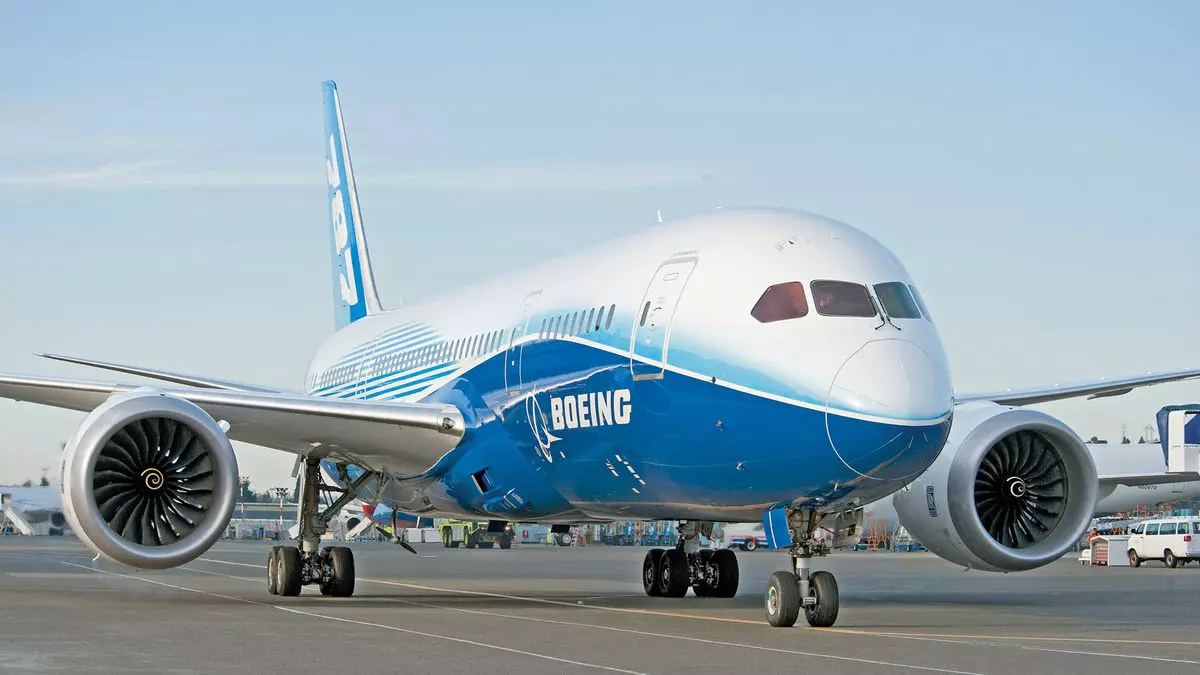Recently, Federal safety officials have mandated inspections of cockpit seats on Boeing 787 Dreamliners following a concerning incident where the captain’s seat unexpectedly lurched forward during a flight, causing the autopilot system to disconnect. This issue posed a significant safety risk, as the plane went into a sudden dive, putting passengers and crew in danger. Subsequently, Boeing halted test flights for a new version of its 777 jetliner due to a damaged structural part found during testing.
The Federal Aviation Administration (FAA) released an order requiring operators of 787s to inspect pilot seats for missing or cracked caps covering a switch used to move the seats. This move came after a harrowing incident involving a Chile-based Latam Airlines flight, where the captain’s seat moved forward, triggering the autopilot disconnection and a rapid descent. The FAA’s safety order impacts 158 planes registered in the United States, highlighting the widespread nature of the concern.
In addition to cockpit seat inspections, the FAA also published a final rule mandating inspections of inlets around ducts in engine anti-ice systems on 787s for signs of heat damage. This rule stemmed from reports of damage to engine inlets caused by missing or degraded seals around the ducts. Boeing had previously identified this issue in bulletins sent to airlines, emphasizing the company’s awareness of potential safety risks associated with its aircraft.
Boeing faced another setback in its pursuit of FAA certification for the 777-9, a new addition to its lineup of 777 jets known for its folding wingtips. The discovery of cracks on a thrust link component during testing prompted Boeing to halt flights and address the issue. This maintenance-related problem raised concerns about the aircraft’s structural integrity and highlighted the importance of thorough testing and inspection procedures in ensuring the safety of new airplane models.
Throughout these safety issues, Boeing emphasized its commitment to keeping the FAA and airlines informed about the developments. The company acknowledged the need to address the identified problems promptly and transparently, underscoring the critical role of effective communication in maintaining trust and confidence in aircraft manufacturers. By openly addressing concerns and taking proactive measures to rectify issues, Boeing can demonstrate its dedication to prioritizing safety above all else.
The recent safety incidents involving Boeing aircraft underscore the importance of stringent inspection protocols and proactive risk management in the aviation industry. As technological advancements and design innovations continue to shape the future of air travel, ensuring the safety and reliability of commercial airplanes remains paramount. By addressing identified issues promptly, implementing robust safety measures, and fostering transparent communication with regulatory authorities and operators, aircraft manufacturers like Boeing can uphold the highest standards of safety and instill confidence in passengers worldwide.

